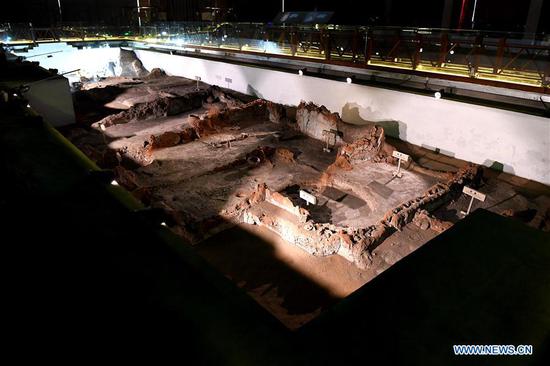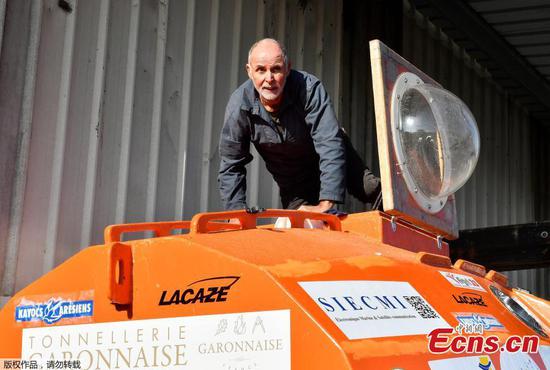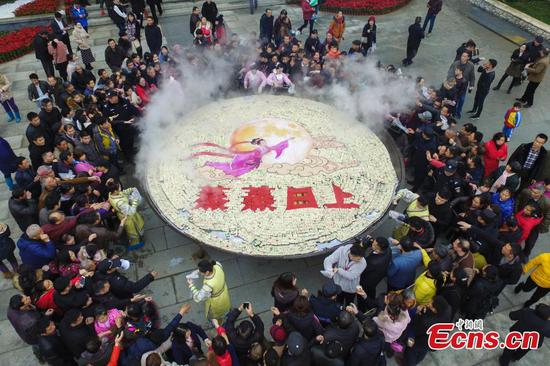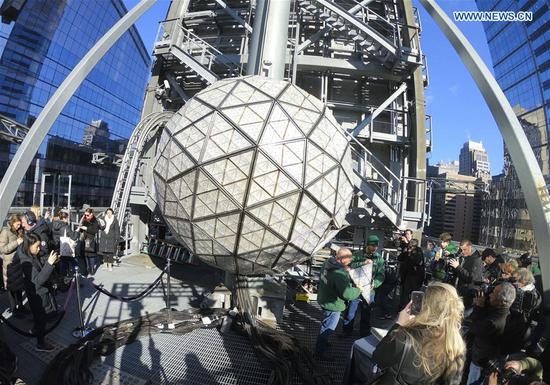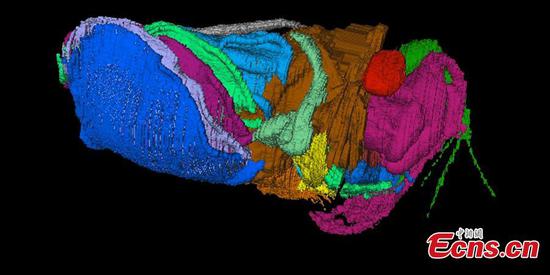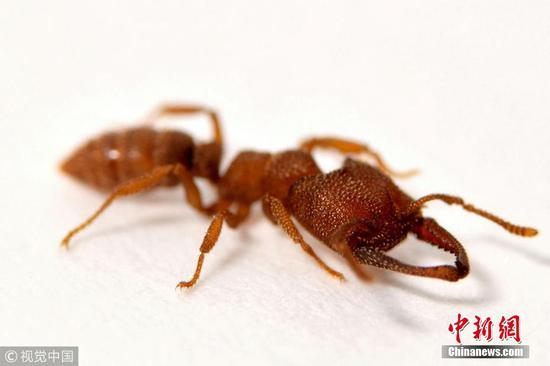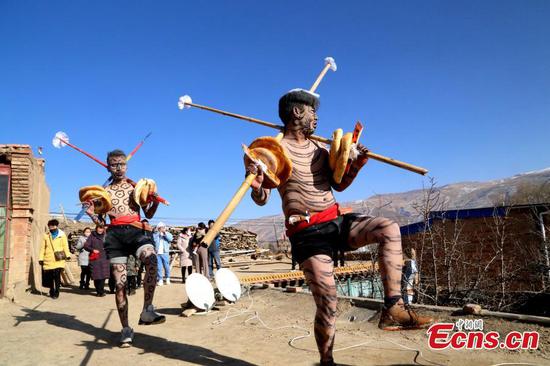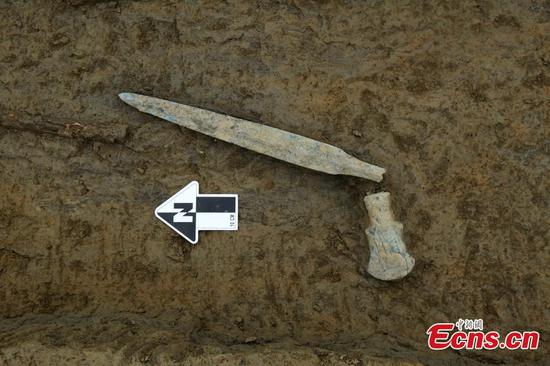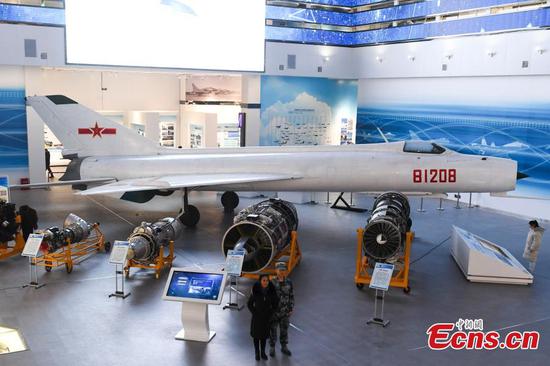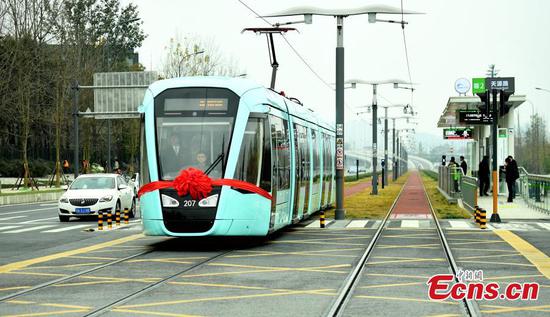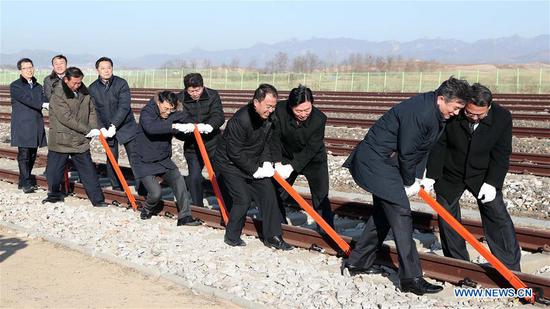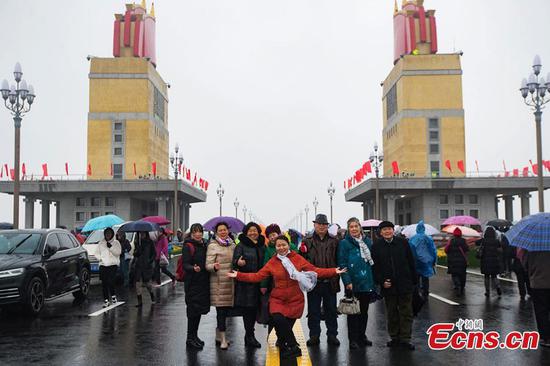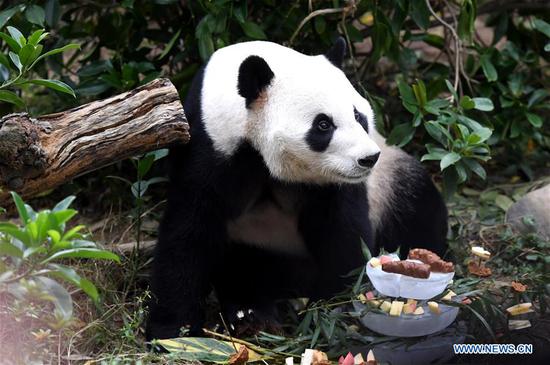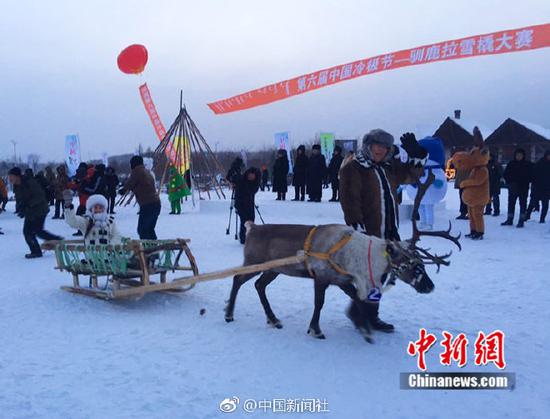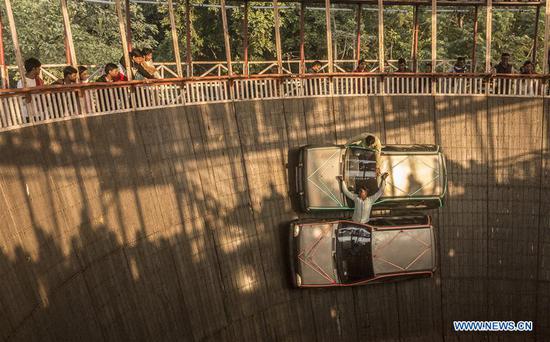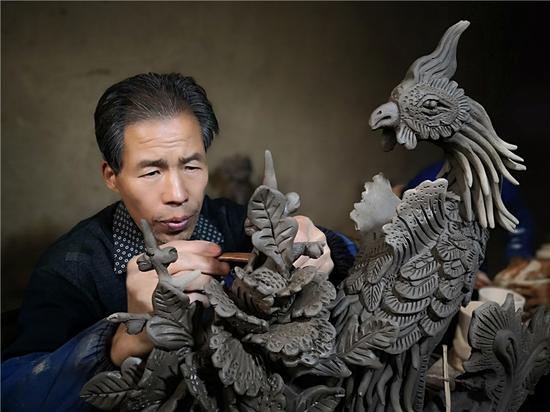
The Xiang Jiang Pavilion was a gift from Changsha in Hunan province to St. Paul, Minnesota, to honor 30 years of a sister-city relationship. The replica of China's famous Aiwan Pavilion opened in St. Paul's Phalen Park in November. (Photo provided to China Daily)
Even as China and the US engage in high-level talks to settle trade disputes, the people-to-people connection between the two nations continues to grow, especially in Minnesota.
A replica of China's famous Aiwan Pavilion opened in the city of St. Paul's Phalen Park in November. Named the Xiang Jiang Pavilion, it will serve as a focal point for the state's only Changsha-style Chinese garden.
The replica pavilion was a gift from Changsha in Hunan province to St. Paul to honor the 30th anniversary of a sister-city relationship. As a part of the gift, Changsha also paid for 13 craftsmen from China who came over to help construct the facility in St. Paul.
"The artisans came here in July to work with a Minnesota construction team to rebuild it," said Linda Mealey-Lohmann, an attorney who also serves as president of the Minnesota China Friendship Garden Society.
The pavilion was built in China before it was disassembled and then sent to St. Paul.
"This is a replica of the Aiwan Pavilion in Changsha, which is one of four famous pavilions in China," Mealey-Lohmann said.
Aiwan Pavilion was built in 1792 during the reign of Emperor Qianlong in the Qing Dynasty (1644-1911 AD). Aiwan Pavilion is not only a scenic spot, but also an important site of treasured memories of Mao Zedong (also known as Chairman Mao), who at one time studied in the area. There is a tablet with the poem Qinyuanchun Changsha written by Mao in the pavilion.
Mao was a revolutionary who became the founding father of the People's Republic of China.
Mealey-Lohmann said the pavilion and garden are part of a project that is set to include an arch, a bridge and a Hmong Heritage Wall.
"The heritage wall is a critical part of the sister-city project because Minnesota has the largest Hmong population in the US (80,000). They trace their ancestral roots back to the same area of China where Changsha is," she said.
Mealey-Lohmann said the garden society has raised more than $1 million for the project, which is projected to cost about $7 million to complete.
As part of the sister cities' gift exchange, St. Paul sent five sculptures of Peanuts characters to Changsha's Yanghu Wetland Park in exchange for the replica pavilion.
The project got its start back in 2003 when Mealey-Lohmann was talking to her friend CC Hsiao, a Beijing native who taught at the University of Minnesota for 30 years. Hsiao told her that the Twin Cities of Minneapolis/St. Paul had seven Japanese-style gardens but not one Chinese garden.
"Let's change that," Mealey-Lohmann told Hsiao, and so began the process of building a China-centric garden. Sadly, Hsiao passed away in 2009 but the pavilion stands as a tribute to his vision.











